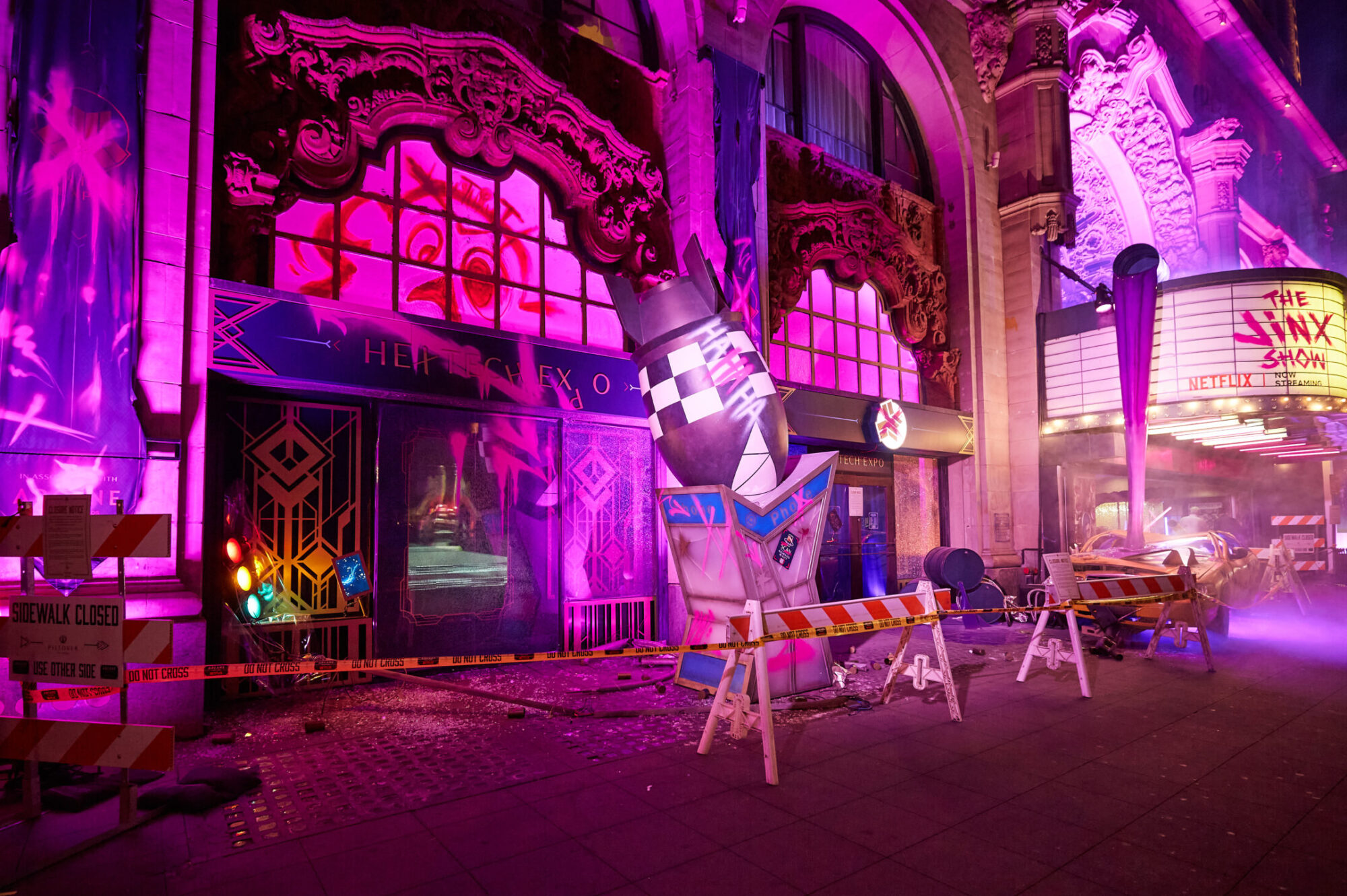Checklists are awesome, and absolutely essential when things get complex.
So for the return of the WXO Campfires, we were thrilled to welcome We Are Collider’s CEO, Anton Jerges, to share his science-backed, magic-filled MARVELS checklist.
It unlocks the secrets of how behavioural science plays an invisible but pivotal role in the success of experiential marketing. Because when art meets science, marvellous things happen.
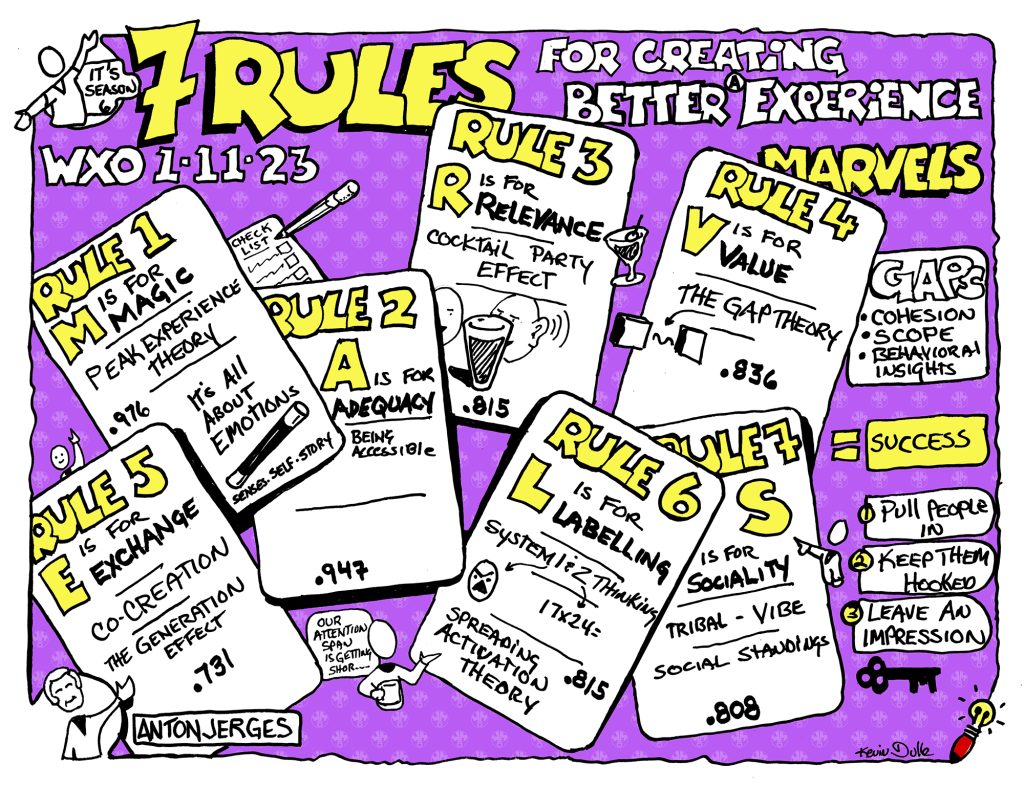
We Are Collider is a London-based creative agency working in the live experience and experiential space. Jerges and his team specialise in big ideas that are led by experience, fed by behavioural science, and nourished by creativity – ideas like this experiential campaign for Riot Games, for example.
Their 7 Levers report focuses on scientific insights that generate great brand and marketing experiences. However, we think these insights can be used to generate all experiences.
Because who doesn’t want to create memories that stick? Who doesn’t want to make people really feel something? Who doesn’t want to change behaviour?
Through a mix of some behavioural science you might know (and some you definitely won’t), this Campfire is a magical smorgasbord of new ways to dig deeper, look sideways, explore further, and push your concepts in all sorts of new directions in order to create a better experience.
Get ready to learn about the generation effect, gap theory, the dual-coding model, and the cocktail party effect. (Yes, you can talk about that at a cocktail party.)
The Perfect Storm For Brand Experience
According to Jerges, the idea for the 7 Levers report came about in 2021-22 thanks to several factors that added up to “a perfect storm for brand experience”.
- The rise of the Experience Economy. During this time there was a 70% increase in spend on experiences, with 55% of adults saying that they prefer to spend their money on experiences rather than material goods.
- The “experience debt”. As brands continued to digitally optimise and use technology to simplify their processes, they removed the human element in the way they communicated and related to their customers. As a result, customers didn’t have the same brand affinity.
- The rise of the digitally native consumer. Millennials and Gen Z in particular have been brought up on tech and smartphones, and they’re obsessed with them! Research in 2020 suggested that we tap our phones 2617 times a day and scroll through 362 feet of content – the equivalent of 3.5 football fields. As a result, our attention spans are getting shorter to be no more than 8 seconds – less than that of a goldfish.
- Covid starved us of the social interaction and magical moments that our memories are anchored to. For many of us, time stood still as a result. This exacerbated the desire for experiences, but also meant that brands digitally optimised even more, adding to the experience debt.
Consequently, brands became keen to get back to live, interactive, and experiential marketing – meaning that just about every brand dipped their toe in the water!
This mind sound like great news for experience creators – and some brands did do this really well. However, others jumping on the bandwagon weren’t doing it well at all. Jerges was concerned that these brands would then look at their investment, decide it hadn’t worked, and decide never to do it again.
The 7 Levers To Make Your Experiential Marketing More Effective
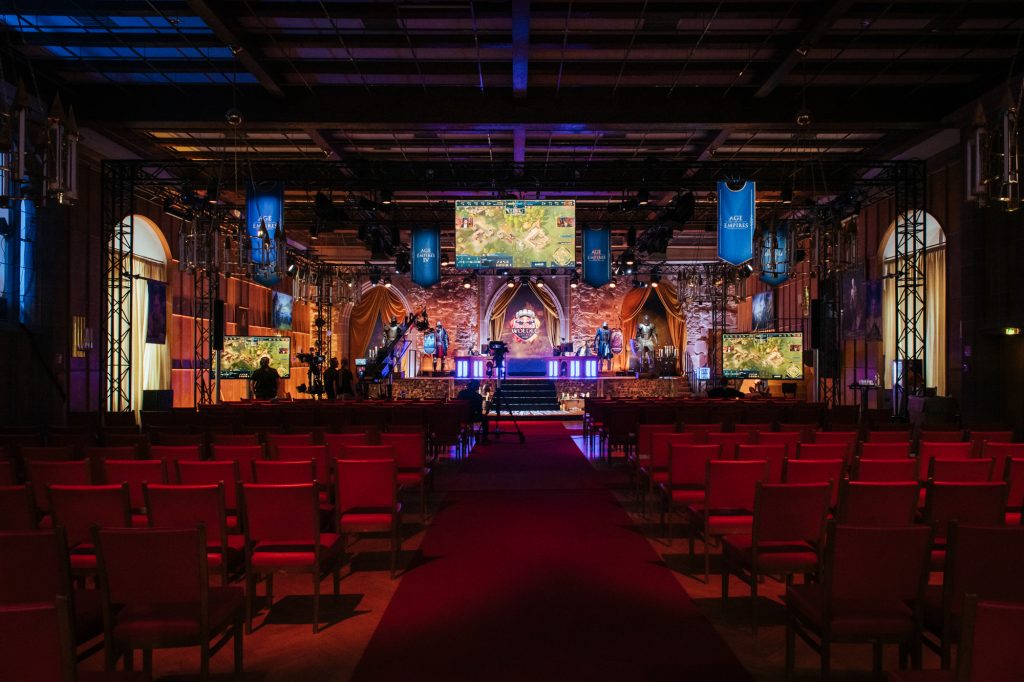
To counter this potential experience backlash, We Are Collider decided to look at how they could create value for their clients by turning to science to understand what makes us tick, what makes an experience stand out, and how experiences can help brands to pay down the experience debt.
First, they looked at existing publications and the experiential marketing landscape. They found a lot of excellent thinking, but also three stark gaps:
- Cohesion: how can we bring all these theories together?
- Scope: how can we include the whole range of marketing experiences?
- Behavioural insights: what can behavioural science tell us about what works and why?
In search of the answers, the team hunkered down for desk research, literature reviews, interviews with experts (including WXO Members like Andy Barnes and our CEO James Wallman), academics, agency owners and clients, and a quantitative survey of 1,000 British adults who had engaged with experiential marketing over the last six months.
From the results, they identified 7 Levers that brands can use to help make their experiential marketing more effective, condensed into the MARVELS Checklist. (Again, while these insights were conceived with experiential marketing in mind, we think they could apply to all experiences.)
M is for MAGIC

These are experiences that have the “X factor” that makes them stand out in our memories by engaging the senses, transforming the self, and transporting people into a story.
Magic indexed the highest across all disciplines. This is perhaps unsurprising, as our memories are locked in magical moments, which are all about emotion, namely novelty, surprise, fantasy, and soul. When our emotion levels get heightened, our focus changes, we get excited, and memories are built.
The science: According to Maslow’s peak experience theory, you should create lots of moments of high emotion to make memories. These moments can be interrupting, climactic, disrupting, ritualistic, or terminating. (For more on peak experiences, see Campfire 25: Beyond The Peak-End Rule.)
The challenge to this is Eastbrook’s cue utilisation theory, which says that these moments shouldn’t come too fast, or be too complicated. As we get more emotionally aroused, our focus narrows. So as we dial up, we have to be careful that messaging gets simpler, or else we pass the tipping point and people begin to turn off. Yet if we go too simple, people get bored.
The three magic ingredients to create Magic are:
- Senses: to make the experience immersive, engaging and attention-grabbing, you should engage as many of the senses as possible to produce optimum arousel. Dual coding says that if we engage more than one sense, we’re more likely to remember an experience, which is why using mixed media – e.g. moving image and text together – might be more effective.
- Self: you should allow for self-expression, change attendees’ lives, and boost social status. This appeals to our fundamental needs for self-actualisation and self-esteem.
- Story: transport people to another world, offering distraction and escape. The narrative format is what our memories are built on and has evolved over thousands of years. Thanks to mirror neurons, a story means that people will empathetically experience your message.
Rather than changing behaviour, we should look to change emotions.
“No one emotion is an emotion of its own: it’s made up of several to form one moment of emotion. See which 2-3 emotions form that one moment, then work backwards and form emotional steps. There isn’t an ideal emotional journey shape, it’s more like a paint palette. We want to paint with depth and range, not just primary colours, and it’s this nuance which makes designing so exciting.”
Pigalle Tavakkoli
This reminds us of Annette Mees’ idea of “stepping stones” into an experience, rather than a clear moment of crossing the threshold.
A is for ADEQUACY
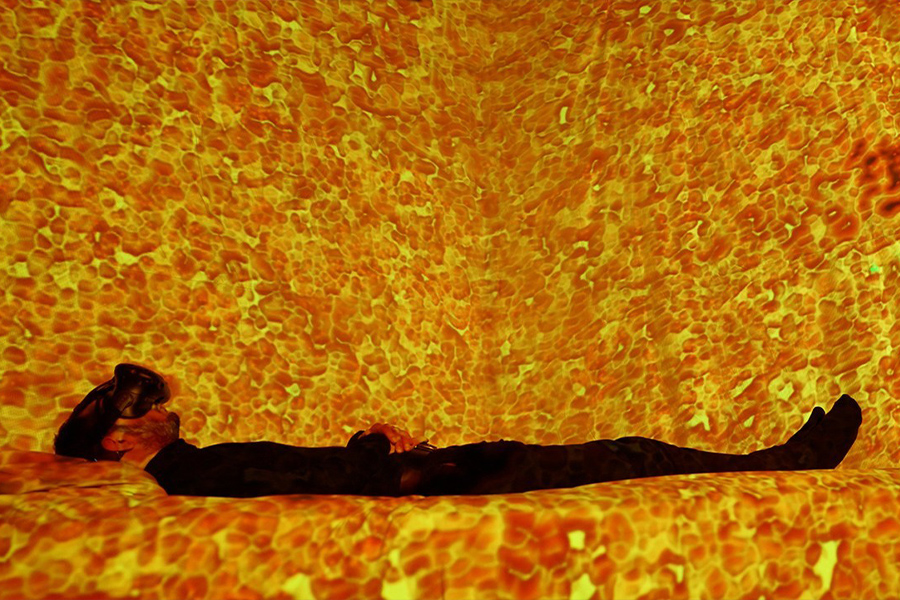
At the other end of the spectrum, anything that we do, we have expectations of.
Experiences vary in their standards – not only in terms of being smooth-running, accessible, and comfortable, but also in going the extra mile to become authentic, professional and excellent.
They must not only meet our basic expectations of being accessible and convenient, but also exceed them.
The science: expectation confirmation theory says that if we fall below expectations, we become frustrated and disappointed. If we meet them, we feel neutral or content. But it’s when we surpass them that we feel truly positive – and this needs to happen not just at peak moments, but all the time, even in the cloakroom!
R is for RELEVANCE

Some experiences are more relevant and meaningful to their audience than others, and can better fit their personal values and goals. These experiences satisfy our personal interests and resonate with our needs
The science: according to the cocktail party effect, we’re only aware of 0.004% of the data our brain takes in… unless it’s relevant to us, in which case we become laser-focused.
Imagine you’re at a cocktail party, you’re talking to a group of friends, and on the other side of the room someone says “I don’t much care for [YOUR NAME]”. Your attention will immediately zoom in on what that person said, and you’ll even hear the whole sentence. If something is relevant to us personally, we focus like a laser. Think about why you buy a new car: suddenly you notice the same car everywhere. (For more on this, see Campfire 53: The Startling Ways That Expectations Shape Experience.)
So try and personalise your experience: understand your audience and make it relevant to them.
V is for VALUE
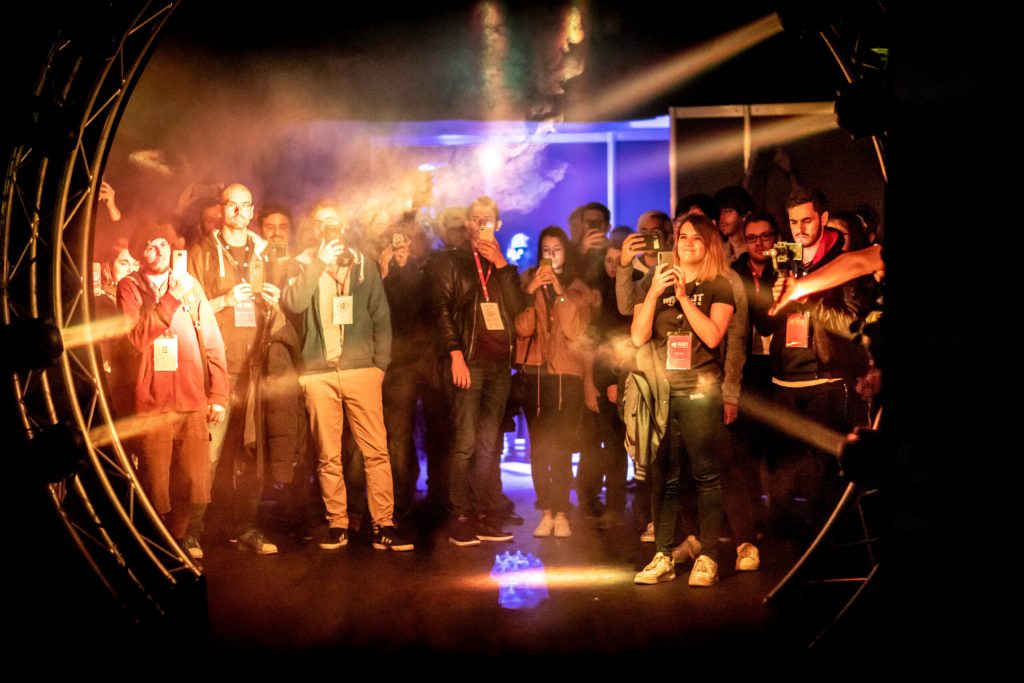
This isn’t just about creating experiences that are functional and provide clear benefits. It also lies in stimulating our curiosity and making people think. It’s about learning, knowledge and curiosity – which is why business and sampling events in particular index higher in this lever.
The science: gap theory tells us that if something is incongruous or doesn’t meet our expectations, it creates a “gap” in our memory networks. This creates a feeling of dissonance that we are motivated to solve.
Therefore we should create cognitive “gaps” in our experiences, ensuring that our message is even more effectively portrayed.
A scientific study by Robert Heath published in Science Magazine showed that when humans were given the choice to stimulate various sites in their own brain, the data showed that more than sites that elicit giddiness, sexual arousal, calm or drunkenness, people opted to stimulate an area that evokes mild frustration and anger.
“How far can you push this dissonance without anger or frustration being the residual feeling that’s retained?”
Laura Hess
This makes us think of Mat Duerden’s work on discomfort and Brian Hill’s on the disclosure that comes from discomfort. Not all discomfort is bad – you need a common enemy. Think of the Hero’s Journey and the Road of Trials, or the hills you need to climb to reach a peak moment.
“There’s something to be said for tension and the climb up the hill. If they don’t feel a connection and recognition, it doesn’t stick.”
Melanie Goodwin
E is for EXCHANGE
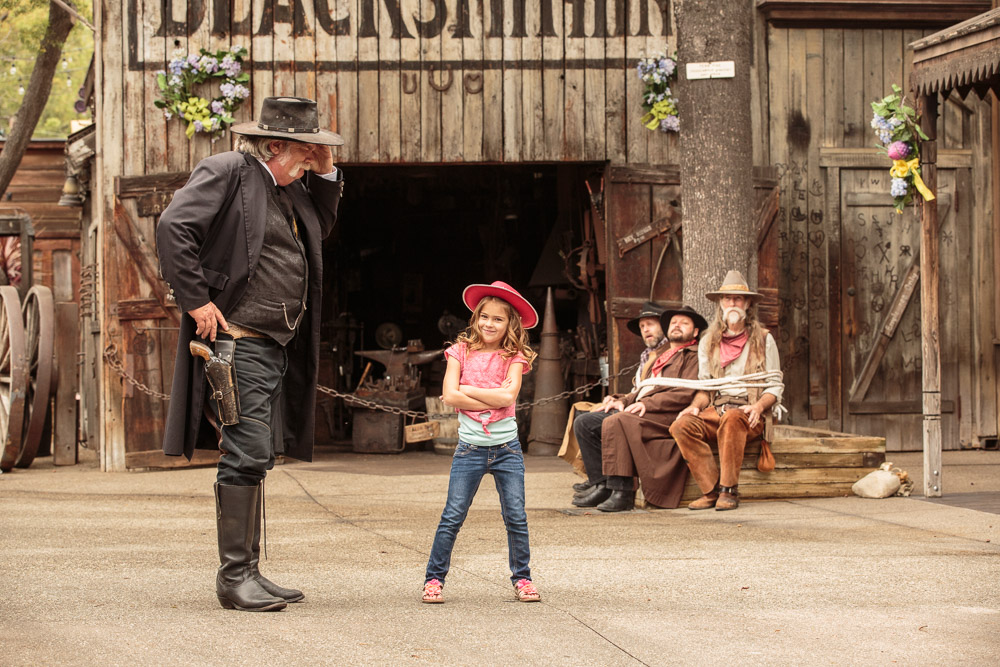
How much physical interaction or participation is required from your audience can be a big differentiator in how your experience is perceived. A lived experience is much more profound than a passive one.
The science: the generation or co-creation theory shows that if we ask people to interact with our experience, they’ll not only remember us more, but also convert and cooperate more.
If I want you to remember the number 4 and ask you what 2+2 is, you’re more likely to remember it. If I ask you all to nod, you’re more likely to believe me – and would fight against being told it’s not true. We’re more likely to post-rationalise and remember why we did something if we were actively involved in it.
To encourage co-creation, you should clearly communicate the scope of risk to participant, as well as the terms of engagement by which they will be held accountable.
“We created a show called Stories of Gold that had a goblin market where guests were invited to exchange stories for currency. The actors would model what a magical or terrible story would be, so people saw others doing it and getting a reward.”
Scott Levkoff
L is for LABELLING

In marketing experiences in particular, in order for their to be a brand effect there needs to be a degree of labelling: the experience must personify the brand and have clear signposting. This clear brand identity creates a takeaway impression that will affect how that brand is perceived in the future.
The science: System 1 & System 2 thinking suggests that we’re cognitive misers who want to reserve our cognitive energy by taking shortcuts – so rather than making us work for the information, we should signpost it clearly.
System 1 thinking = picture of unhappy man, triggers human response, quick conclusion
System 2 thinking = asking what 17×24, only a few would bother to work it out
Our memory is a spider web of interconnected nodes. Spreading activation theory shows that brands should therefore create their own webs of heuristics and continually reinforce them.
S is for SOCIALITY
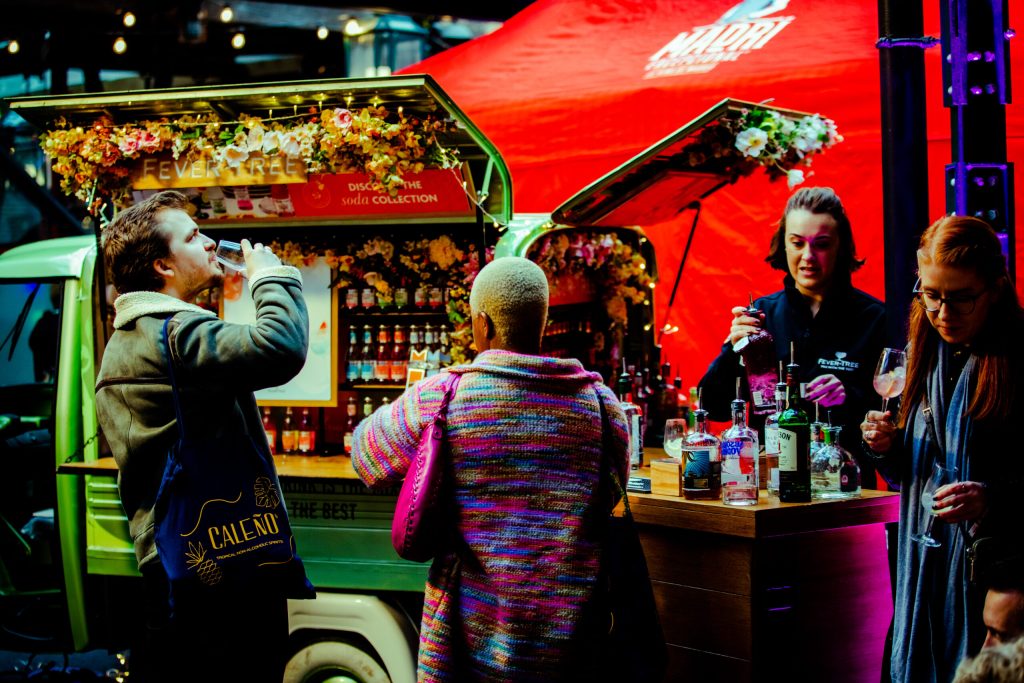
As cavemen ostracisation was a matter of life and death. Humans are tribal and social – so your experiences should involve social interaction, reaffirm social identity and foster a sense of community and belonging. Shared experiences are better remembered and also more likely to make a good story.
The science: as per social identity theory, belonging to a group is a really important motivator for human beings. So make your experience social and think social, leaving easter eggs for them to share and build their own profiles and social standing.
How do you build sociality between strangers? Peter Monbailleu suggests starting from the very beginning, as he did when creating the recent Friends experience.
“We wrapped the entrance with NYC subway signs. Then to make it more social, we showed a short movie at the beginning and then let them walk through to sit on the famous sofa. Then a host in each room would help people be social and get together for photos.”
Peter Monbailleu
You also need to make them feel comfortable to be curious together, adding elements of co-creation to encourage community.
“I try to make people comfortable first, understanding that there will be swimmers, skimmers, and divers. Then I make them feel curious – Punchdrunk do this well by separating them and putting the masks on. When they feel more open-minded, it’s easier to form connections with other people. When we have single-player experiences, I always try to add multiplayer elements that require a certain number of people to help create a community.”
Jasmin Jodry
The 3 Steps To Making Marvellous Experiences
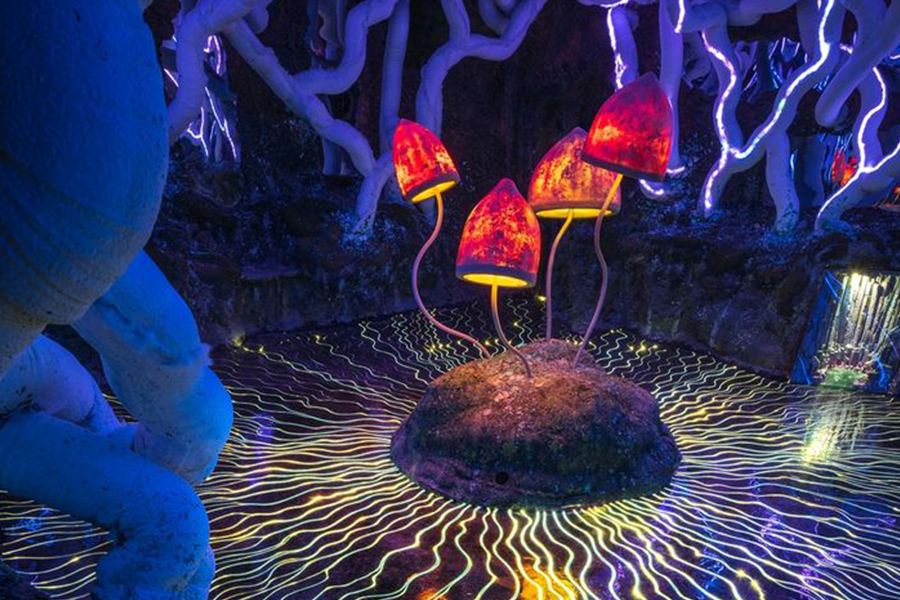
When it comes to which MARVELS drives success, there is some variation across the board.
Immersive experiences, such as attractions and live events with friends and family, need to be emotional, exciting, entertaining, and social.
Sampling experiences, such as pop-ups and demos, need to be functional, relaxed and approachable.
Business experiences, such as expos, launches and corporate events, need to be functional, educational, serious, and intellectual.
And digital experiences, such as online campaigns or alone, at-home experiences, need to be entertaining and playful. Co-creation might be less important here, but people still want magic and standout moments.
However across the board, the Levers of Magic, Adequacy, Labelling and Sociality stand out.
So if you want to turn your experience into a marvel, follow these 3 steps:
- Pull people in: create social activation for social benefits. Understand your audience to make it relevant to them and create a value exchange.
- Keep them hooked: engage the senses, transport them with story and technology, create curiosity gaps, and keep it simple.
- Leave an impression: create lots of peak moments without turning people off or overcomplicating things, exceed their expectations, and use brand heuristics to reinforce positive brand messages.
The WXO Take-Out
We think that regardless of whether you’re creating a marketing experience, an employee experience, a customer experience or an immersive production, Jerges’ MARVELS offer some fantastic insights into how to make it truly marvellous.
So next time you’re creating an experience, ask yourself:
- Am I creating moments of emotional intensity, struggle and release?
- Am I creating “curiosity gaps” for my audience?
- Am I creating a “story currency” to encourage co-creation and community?
To see the full line-up for the WXO Campfires Season 6, click here.
To apply to join the WXO and attend future Campfires, click here.

